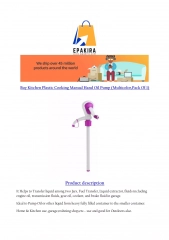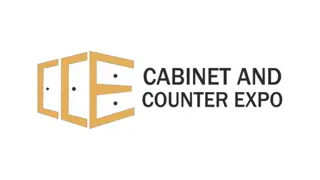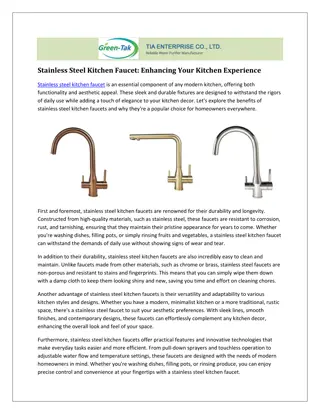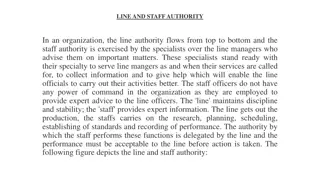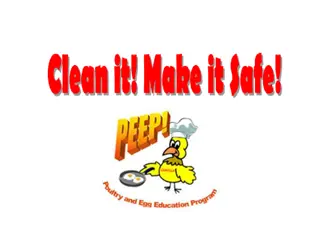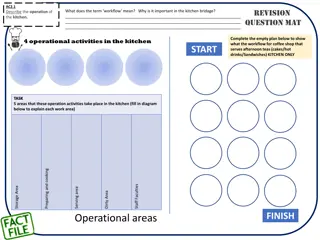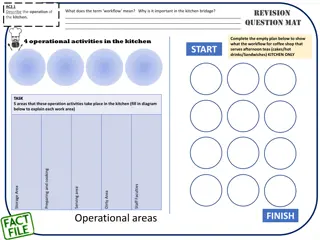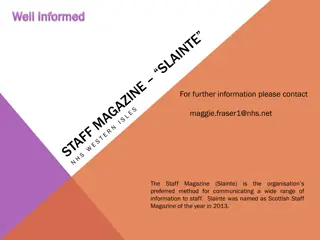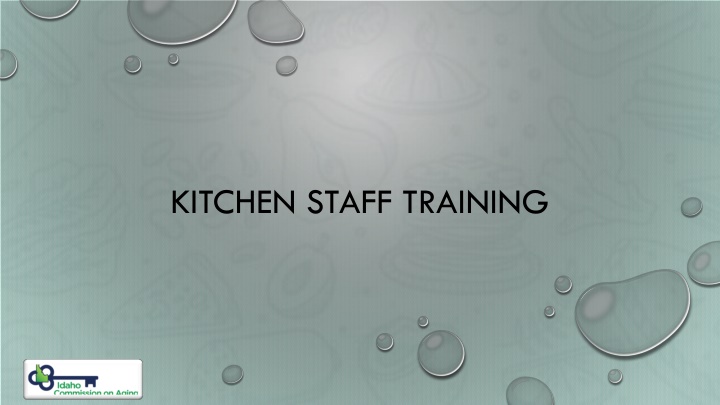
Food Safety and Kitchen Hygiene Training for Staff
Enhance food safety protocols and maintain kitchen hygiene with this comprehensive training program. Learn about temperature monitoring, equipment care, thermometer cleaning, and more to ensure food quality and safety. Equip your staff with essential knowledge to protect your food and customers.
Download Presentation

Please find below an Image/Link to download the presentation.
The content on the website is provided AS IS for your information and personal use only. It may not be sold, licensed, or shared on other websites without obtaining consent from the author. If you encounter any issues during the download, it is possible that the publisher has removed the file from their server.
You are allowed to download the files provided on this website for personal or commercial use, subject to the condition that they are used lawfully. All files are the property of their respective owners.
The content on the website is provided AS IS for your information and personal use only. It may not be sold, licensed, or shared on other websites without obtaining consent from the author.
E N D
Presentation Transcript
Idaho Commission on Aging P A R T N E R S Area Agency on Aging Meal Provider
TAKING AND DOCUMENTING TEMPERATURES Lesson Objectives: 1. Take and record temperatures during steps in the food flow process: receiving, storing, preparing/cooking, holding, transporting, serving, cooling, reheating, and cleaning/sanitizing. 2. Document temperatures using appropriate forms. 3. Identify appropriate corrective actions to be taken if appropriate temperatures are not met. 4. Clean, sanitize, and store thermometers properly.
TAKING STORAGE/WORK AREA TEMPERATURES Refrigeration equipment walk-in refrigerators, reach- in refrigerators, milk coolers: at or below 41 F Freezers: at or below 0 F Storeroom for dry goods: 50 F to 70 F
CLEANING AND SANITIZING THERMOMETERS 1. Wash probe of thermometer by hand with warm, soapy water. Do NOT 2. Rinse the probe with clean, warm water. immerse dial in water. 3. Sanitize the probe with an approved food contact surface sanitizing solution or with alcohol swabs. 4. Air dry. Air drying minimizes the risk of contamination of the probe. 5. Store in clean case or sleeve.
1. Ensures food is cooked to the appropriate internal end point temperature. 2. Shows that foodservice employees are diligent in their jobs and are concerned about the health of participantss. DOCUMENTING TEMPERATURES 3. Contributes to an overall food safety management system that includes hazard analysis and critical control point principles. 4. Provides a record for verification. 5. Ensures overall quality of food served.
PROTECT YOUR FOOD PROTECT YOUR FAMILY
B. WASHING HANDS HANDS SHOULD BE SCRUBBED IN WARM SOAPY WATER FOR AT LEAST 20 SECONDS BEFORE AND AFTER HANDLING FOOD, AFTER USING THE RESTROOM, AFTER HANDLING PETS, AND AFTER TOUCHING ONE S HAIR, FACE, BODY, CLOTHING, OR ANYTHING ELSE THAT COULD CONTAMINATE HANDS. HANDS SHOULD BE DRIED WITH A CLEAN PAPER TOWEL OR A HAND DRYER. ANYBODY WHO WORKS WITH FOOD MUST WEAR GLOVES AND HAIR PROTECTION. .
Hand Sanitizers Alcohol hand sanitizers, now referred to as hand antiseptics by the FDA Food Code, are effective in killing bacteria and some viruses on clean hands. However, sanitizers may not be used instead of handwashing by foodservice employees. You may use sanitizer after washing hands properly. Do not touch food or equipment or put on gloves prior to antiseptic drying.
Sinks There are sinks dedicated to handwashing. Sinks should have: Hot and cold running water Soap Hand dryer or single-use paper towel Disposal area such as a garbage can
HAIR RESTRAINTS HAIR CONTAINS PATHOGENS THAT CAN MAKE FOOD UNSAFE. I ADDITION TO THAT , NO ONE LIKES TO FIND HAIR IN THEIR FOOD. HATS, HAIR COVERINGS OR NETS, OR BEARD RESTRAINTS MUST BE WORN TO EFFECTIVELY KEEP THEIR HAIR FROM CONTACTING EXPOSED FOOD; CLEAN EQUIPMENT, UTENSILS, AND LINENS; AND UNWRAPPED SINGLE-SERVICE AND SINGLE-USE ARTICLES.
CLOTHING AND JEWELRY UNIFORMS AND CLOTHING SHOULD BE CLEAN. JEWELRY SHOULD BE LIMITED TO ONE SINGLE BAND RING
EMPLOYEE SICKNESS Six foodborne illnesses that must be reported are those caused by: 2. Hepatitis A virus 1. Norovirus 3. Shigella spp. 4. Shiga Toxin- Producing Escherichia Coli 6. Non- typhoidal Salmonella 5. Salmonella Typhi
GLOVES MUST BE WORN FOR ANYBODY WHO WILL WORK WITH FOOD. PROPER GLOVE USAGE GLOVES SHOULD BE CHANGED: IF GLOVES BECOME DAMAGED OR SOILED WHEN CHANGING FOOD PREPARATION TASKS FACE, OR OTHER NON-DISINFECTED SURFACES AFTER SNEEZING, COUGHING, TOUCHING HAIR, EVERY HOUR WHEN WORKING ON THE SAME TASK
FOOD SAFETY WEBSITES Centers for Disease Control and Prevention https://www.cdc.gov/foodsafety/index.html Food safety for older adults https://www.foodsafety.gov/people-at-risk/older-adults Federal food safety gateway https://www.foodsafety.gov U.S. Department of Agriculture (USDA) Food Safety and Inspection Service https://www.fsis.usda.gov/ U.S. Food and Drug Administration (FDA) education resource library and retail food protection https://epublication.fda.gov/epub/
Thank you for participating! Find more and this information under www.aging.Idaho.gov https://aging.idaho.gov/stay-healthy/congregate-meals/ https://aging.idaho.gov/stay-at-home/home-delivered-meals/ https://aging.idaho.gov/stay-at-home/commodity-supplemental-food- program/ https://aging.idaho.gov/stay-educated/malnutrition/




